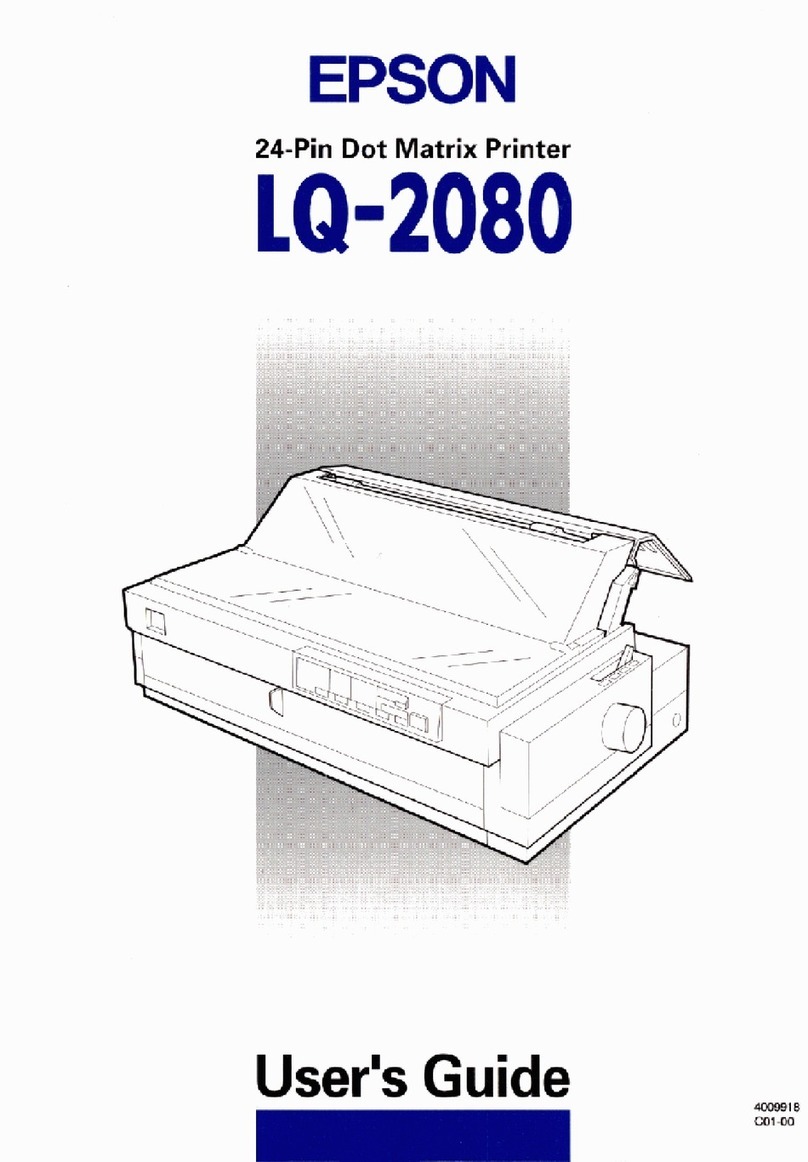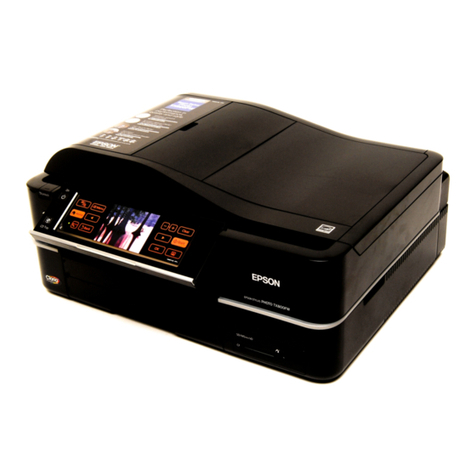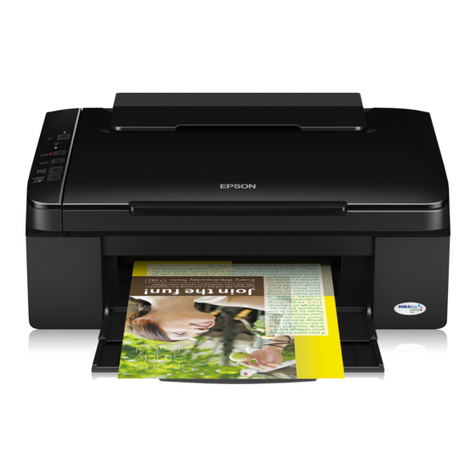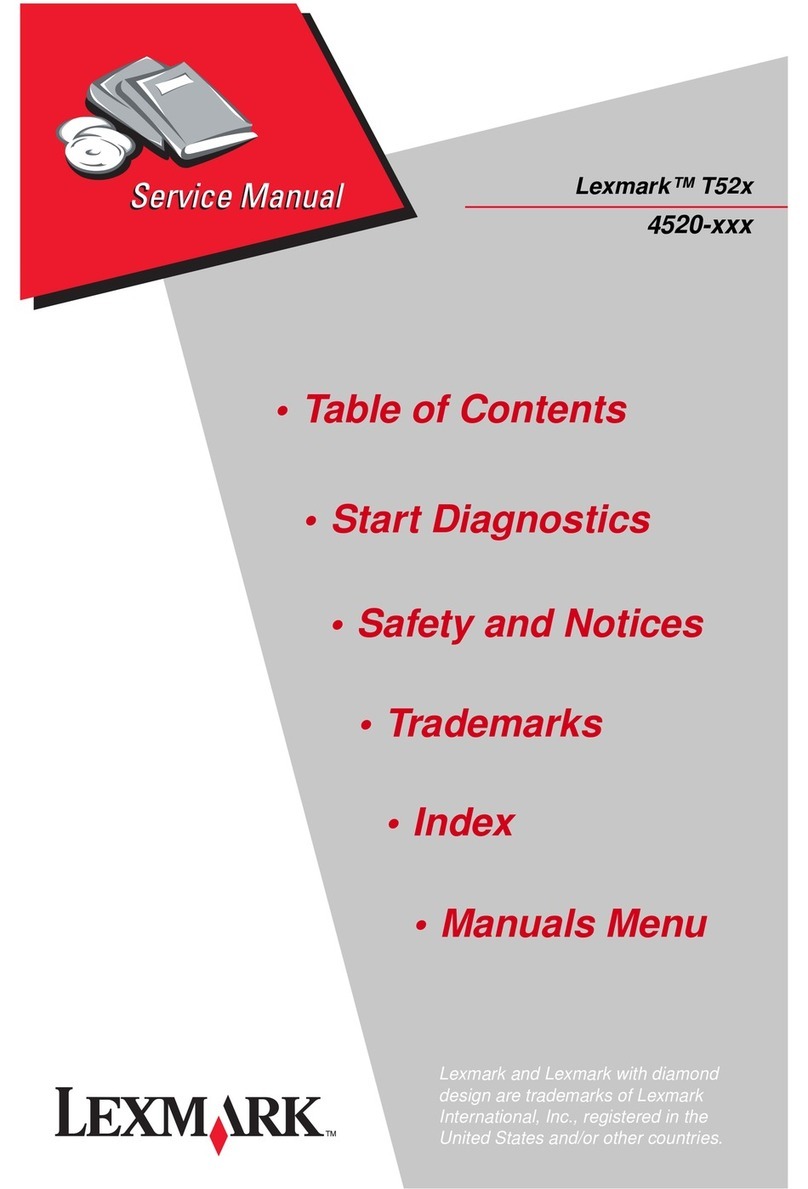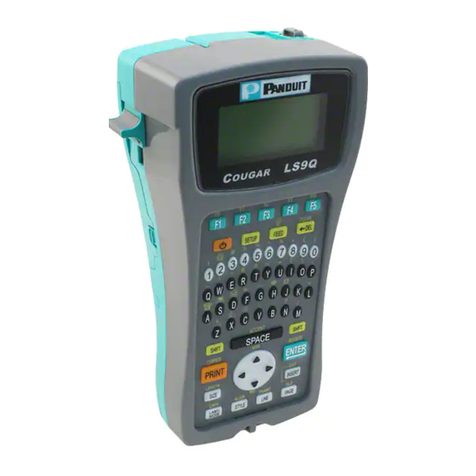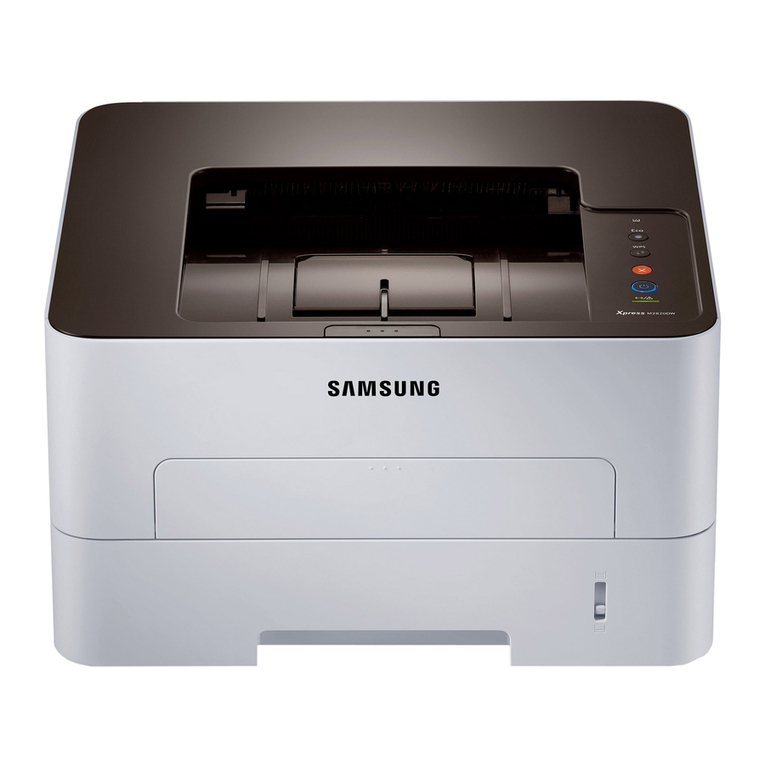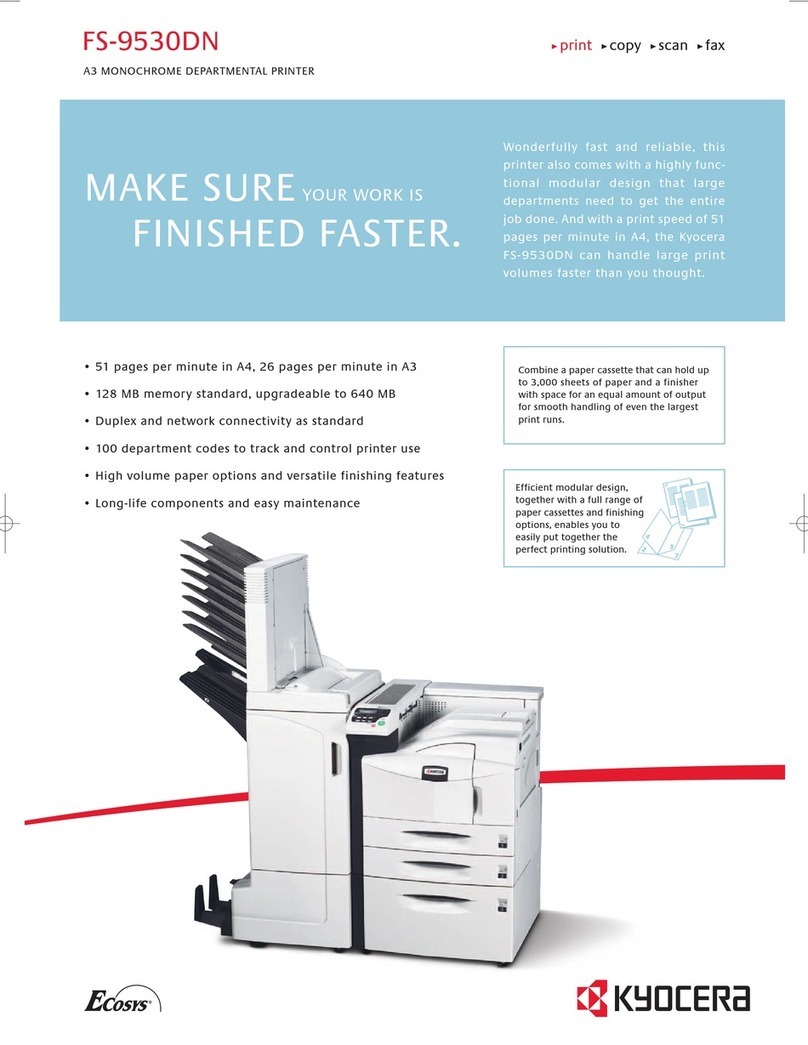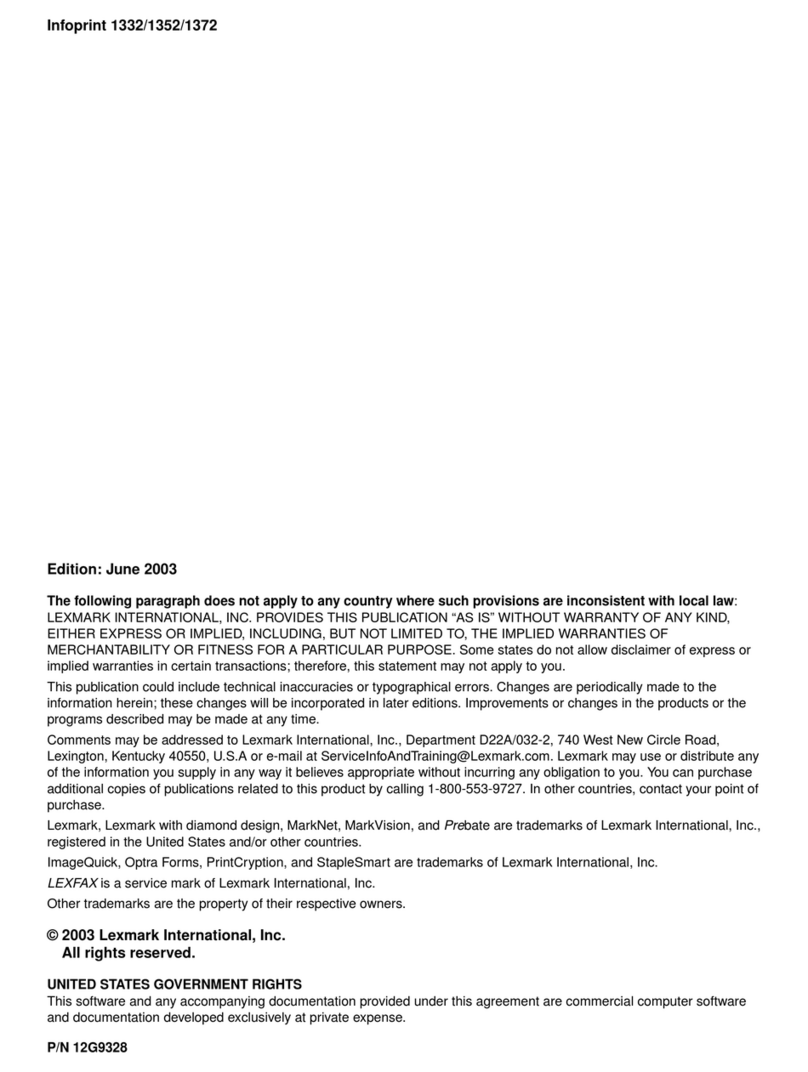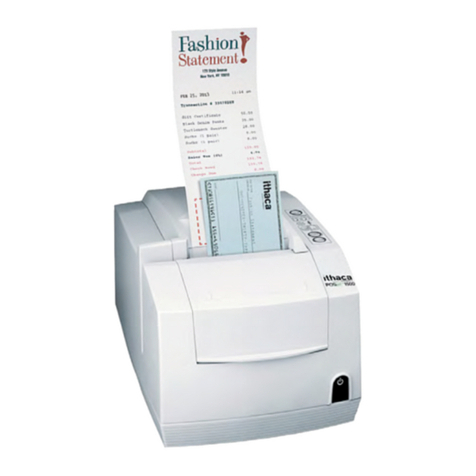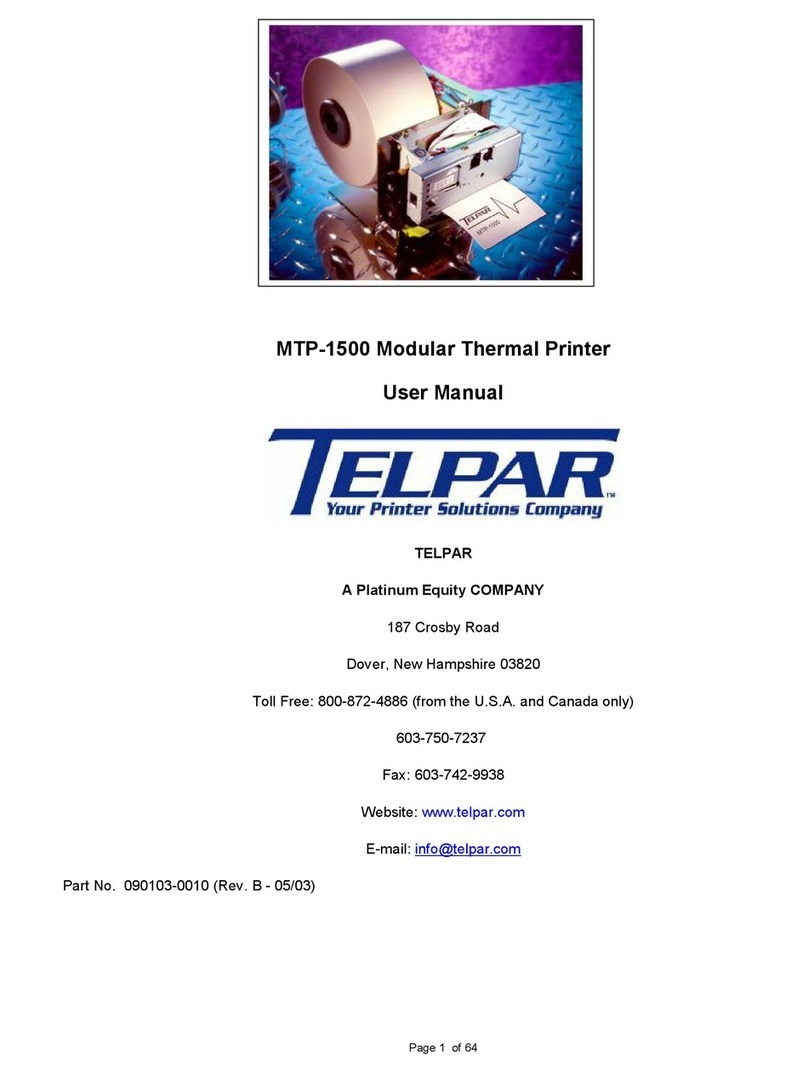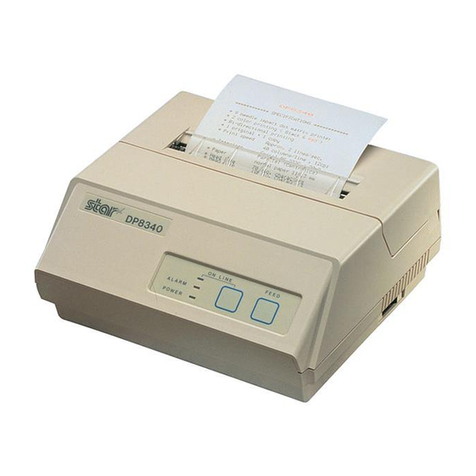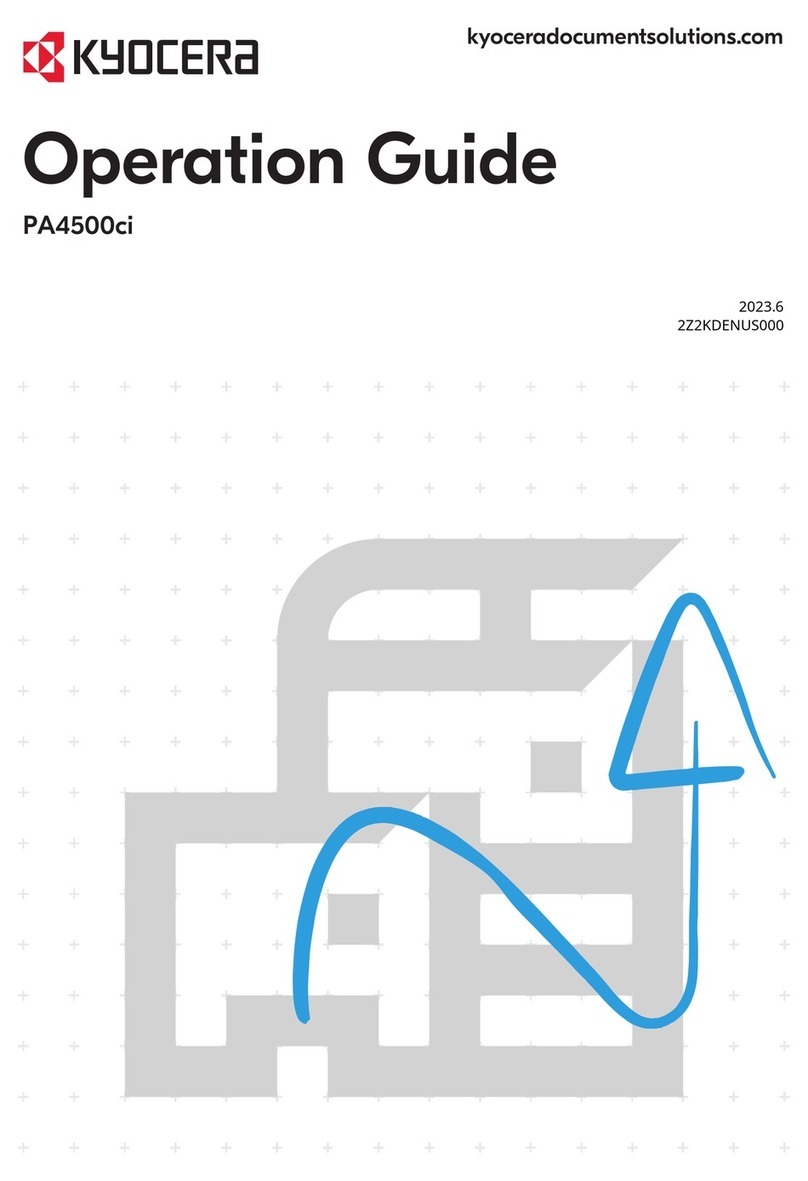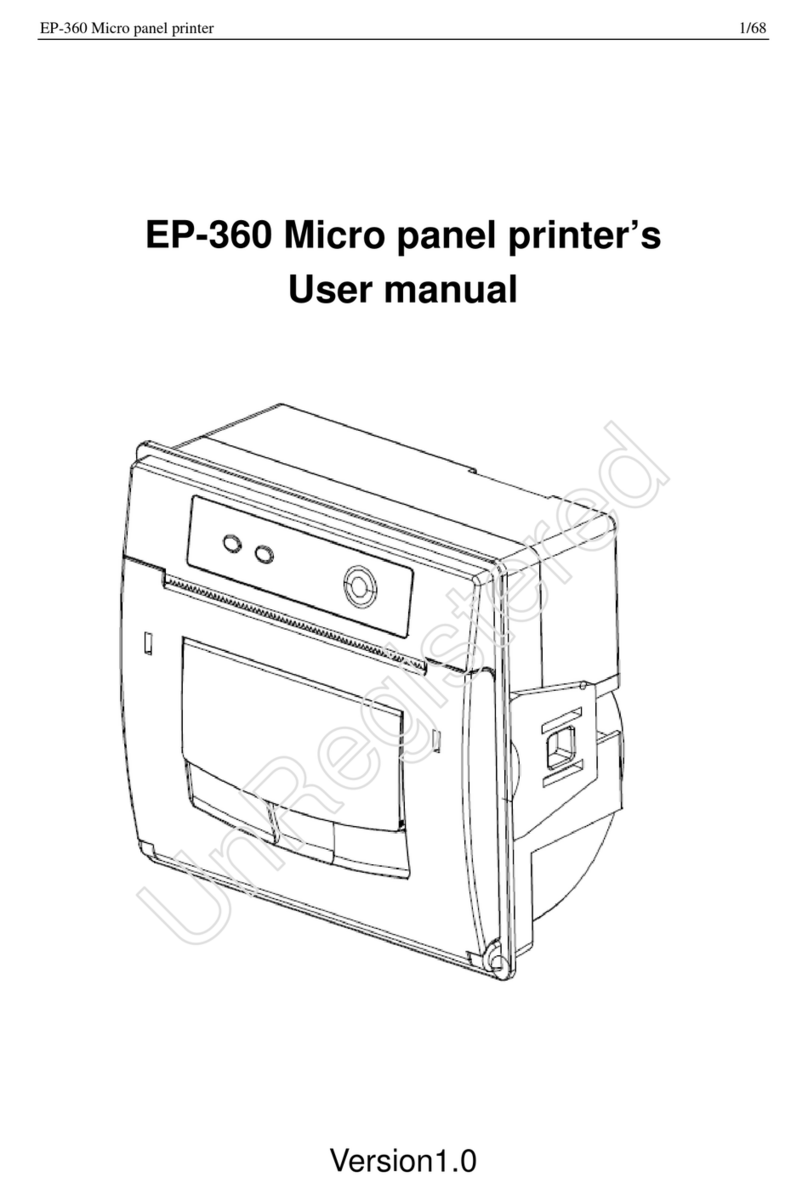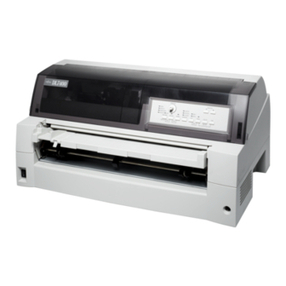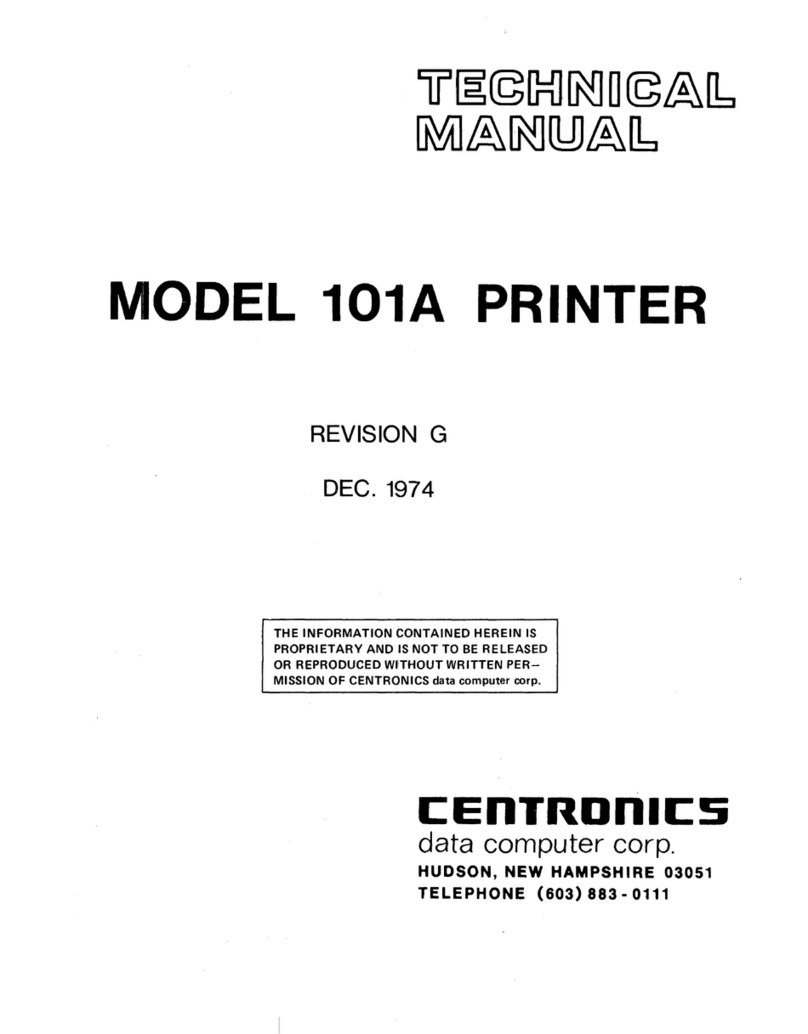Epson U590P - TM B/W Dot-matrix Printer Quick setup guide
Other Epson Printer manuals

Epson
Epson AcuLaser 2600N Review User manual

Epson
Epson 1400 - Stylus Photo Color Inkjet Printer User manual

Epson
Epson STYLUS PRO PX-9000 User manual
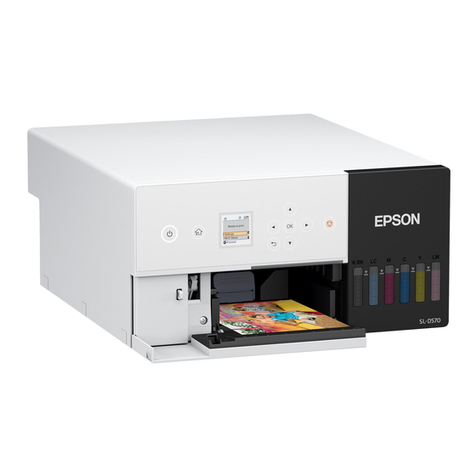
Epson
Epson SL-D570 Instruction Manual
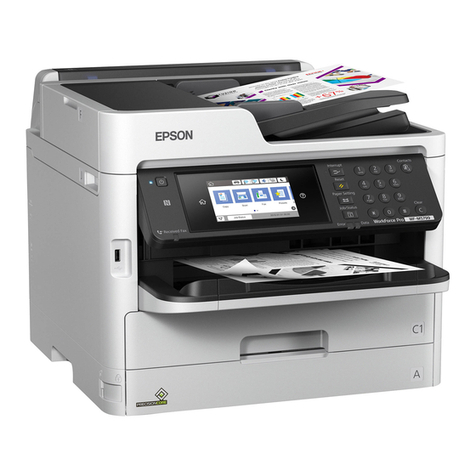
Epson
Epson WF-M5799 Instruction Manual
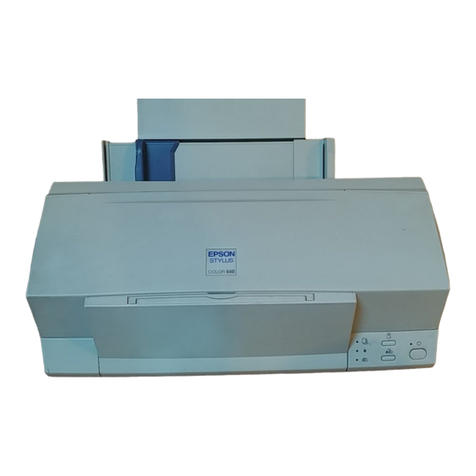
Epson
Epson Color Printer User manual
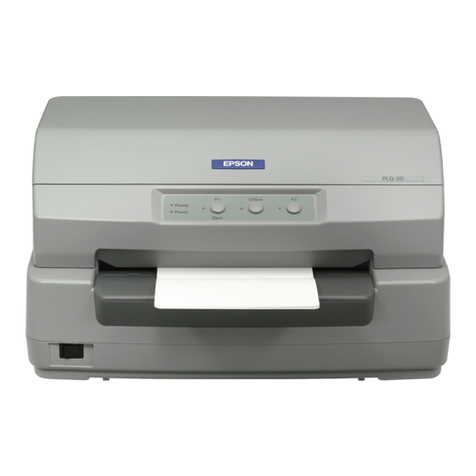
Epson
Epson C11C560111 - PLQ 20 B/W Dot-matrix Printer User manual
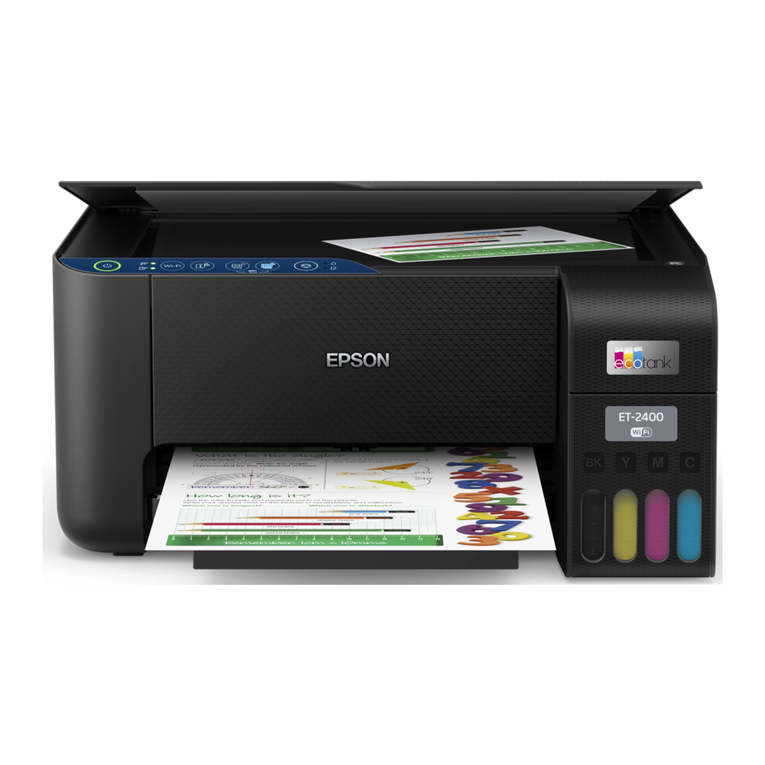
Epson
Epson ET-2400 User manual
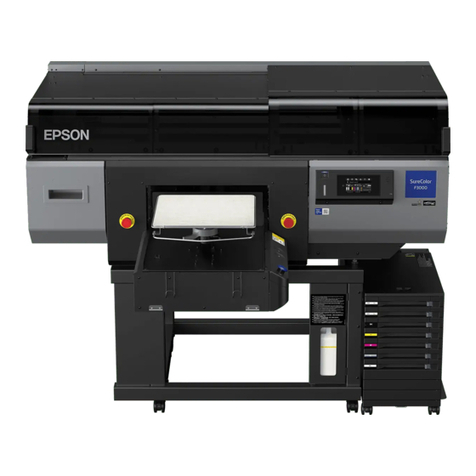
Epson
Epson SC-F3000 Series User manual

Epson
Epson LQ-570+ User guide

Epson
Epson LQ-1500 User manual
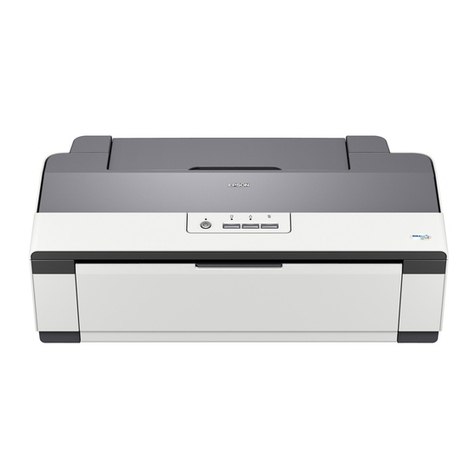
Epson
Epson WorkForce 1100 User manual

Epson
Epson Stylus C40SX User manual

Epson
Epson Stylus Photo 2100 User manual
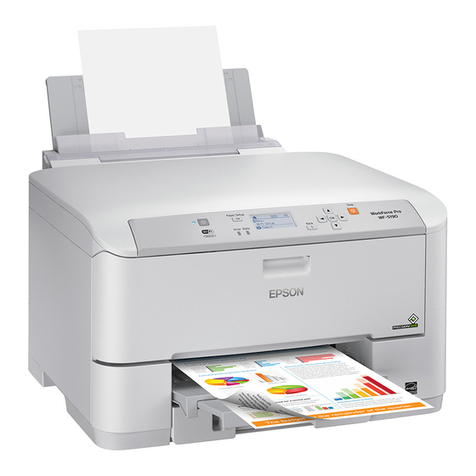
Epson
Epson WF-5190 User manual

Epson
Epson Stylus Photo PX830FWD Instruction Manual
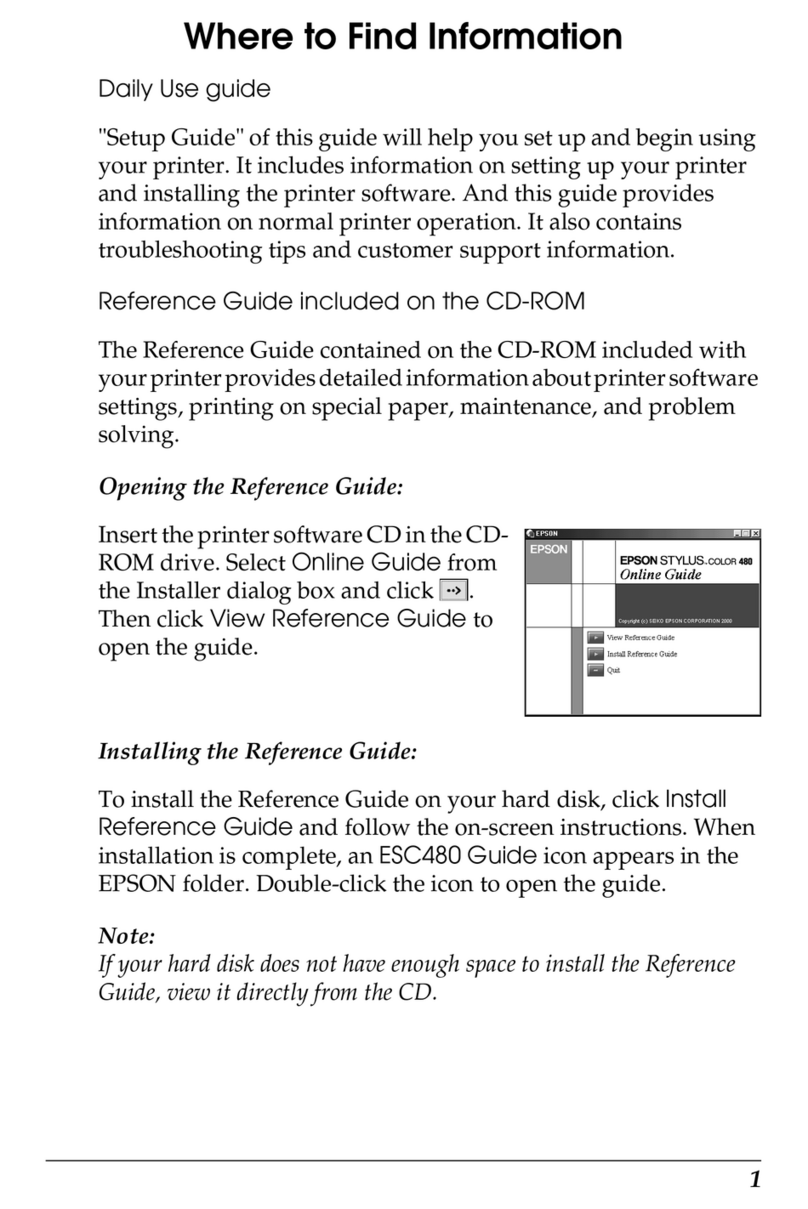
Epson
Epson ESC480 User manual
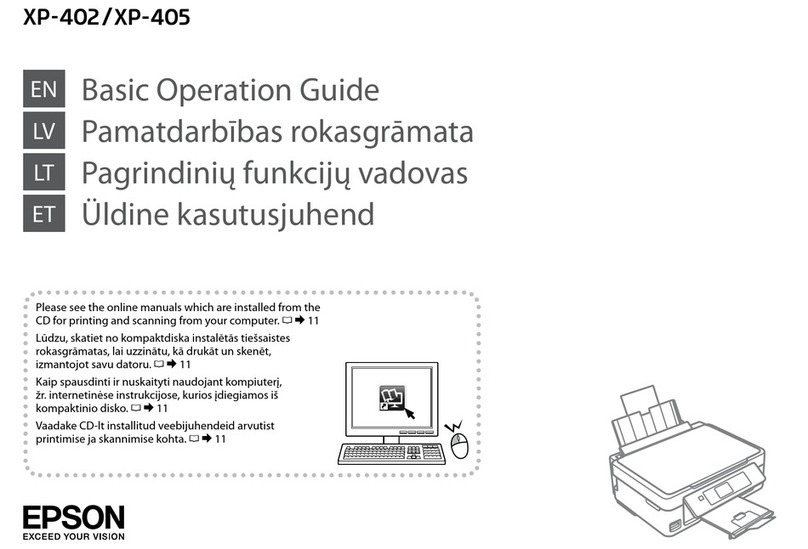
Epson
Epson EXPRESSION HOME XP-402 Assembly instructions

Epson
Epson U950 - TM B/W Dot-matrix Printer User manual
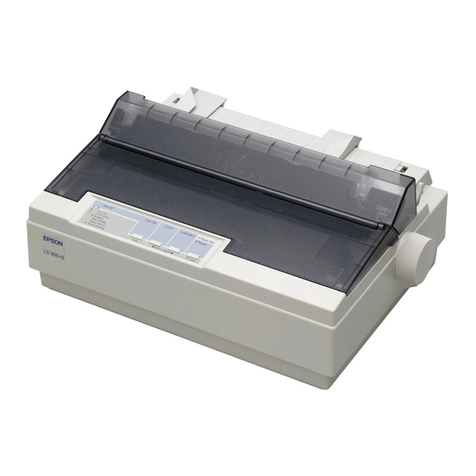
Epson
Epson LX-300+ User manual

